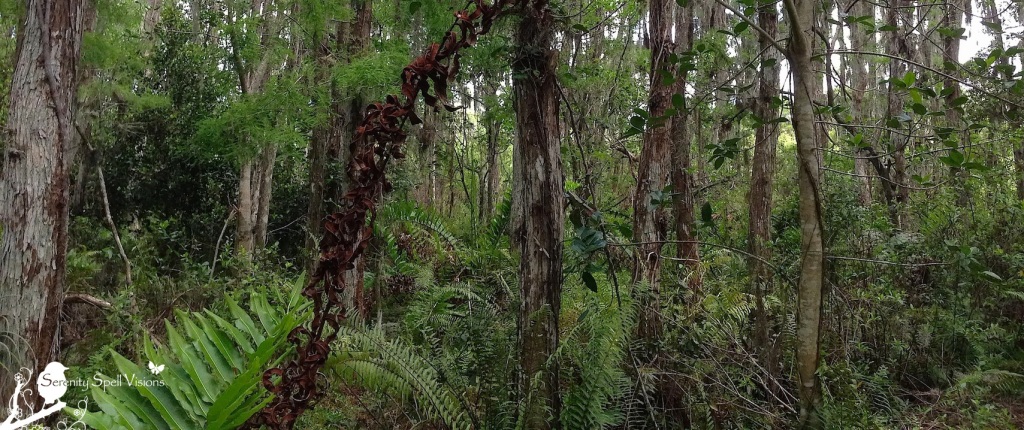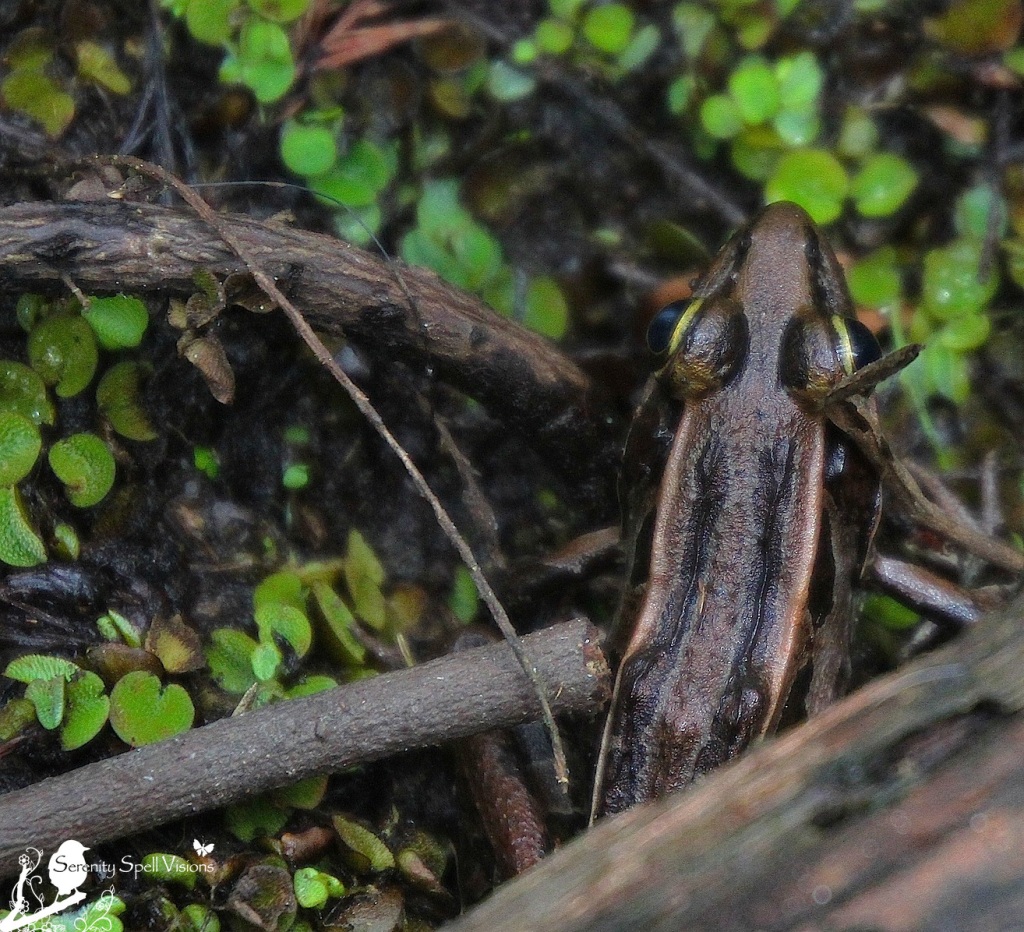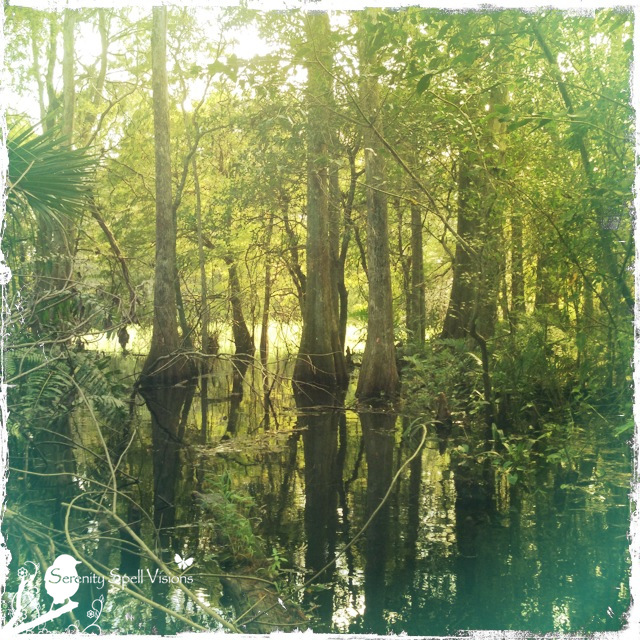A Heavenly Hardwood Swamp
Earth’s crammed with heaven, And every common bush afire with God: But only he who sees takes off his shoes. —
Elizabeth Barrett Browning
In honor of the Victorian poets Elizabeth Barrett and Robert Browning, who met after a long correspondence on May 20, 1845…and began one of the most celebrated love affairs in history. After much wooing, Browning finally convinced a shy and skeptical Barrett that he loved her “for naught except for love’s sake only.”
* * *
I readily admit that my sense of direction is horrible. Which makes wanting to explore the more off-beaten trails a bit…difficult, to my family’s tremendous concern. There’s a lot of backtracking! But in visiting these places, a vision of natural Florida is allowed — and it’s divine.
Outside of the *ridiculous* number of gargantuan mosquitoes that swarmed as I carefully crept into this lovely swamp, it was a treat. I only hope that any human male who shows an interest in me in the future, will also understand my occasional mosquito attacks (not pretty). And the spider bites. And occasional wasp stings. I should seriously consider paramedics or forest rangers as potential dating material.
I recently hiked through one of my favorite habitats, a hardwood swamp. Various hardwood trees and a mixture of hardwoods and Cypress can be found here, including Water hickory, Holly, Maples, Oaks, Cabbage palms and Bay trees, accompanied by a dense understory of vines, ferns and herbaceous plants. Hardwood swamps occur on floodplains or upland areas that are lower than the surrounding area. And it’s home to so much life — the sounds coming from the trees were just lovely.
Yet another breathtakingly beautiful Florida habitat to witness and love — and above all else, protect and preserve.



















